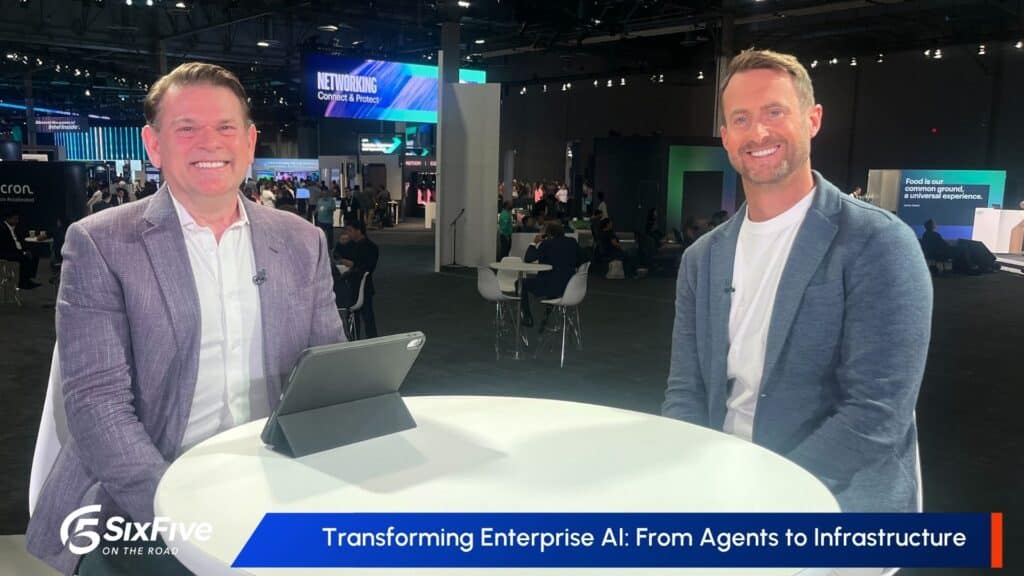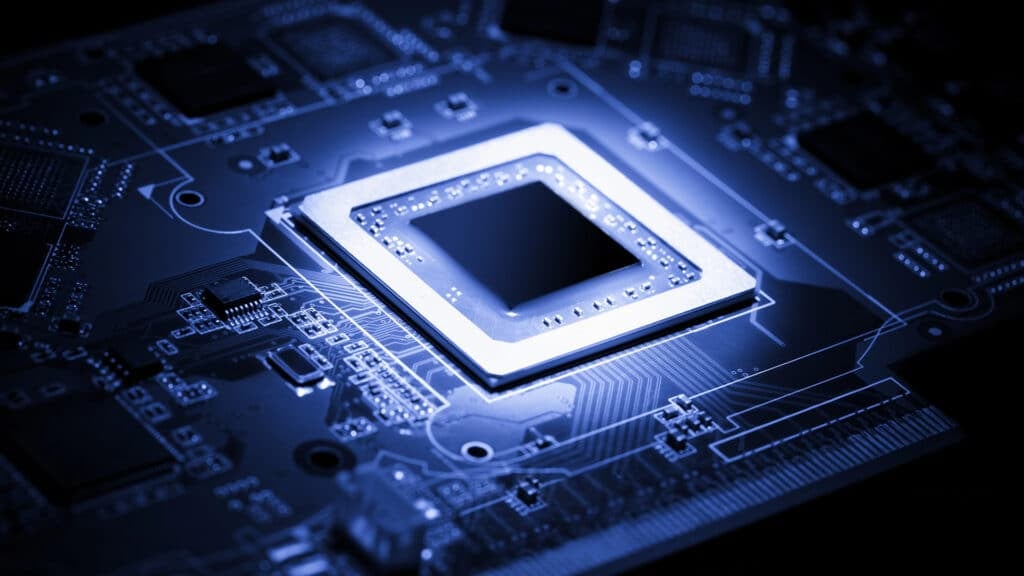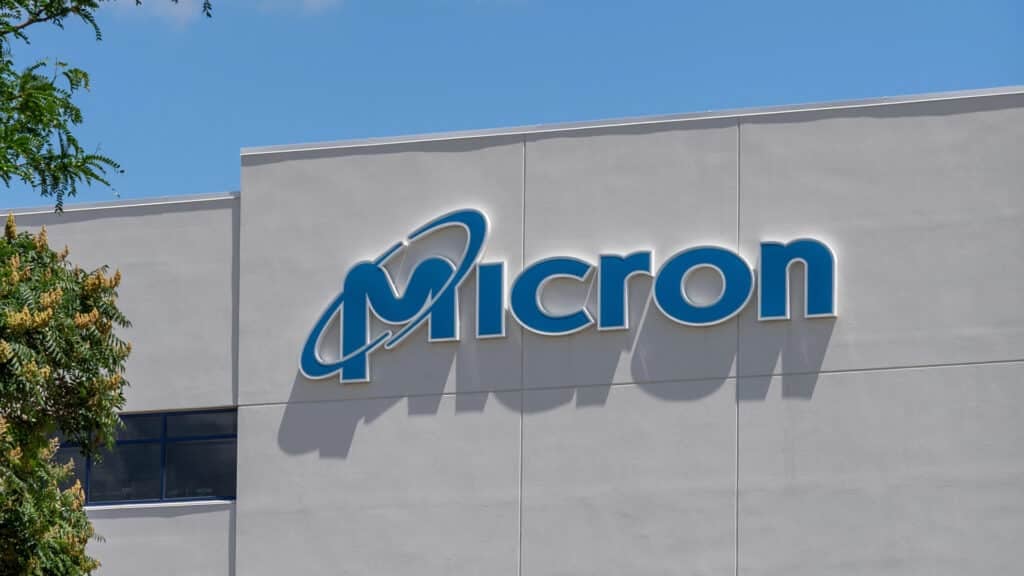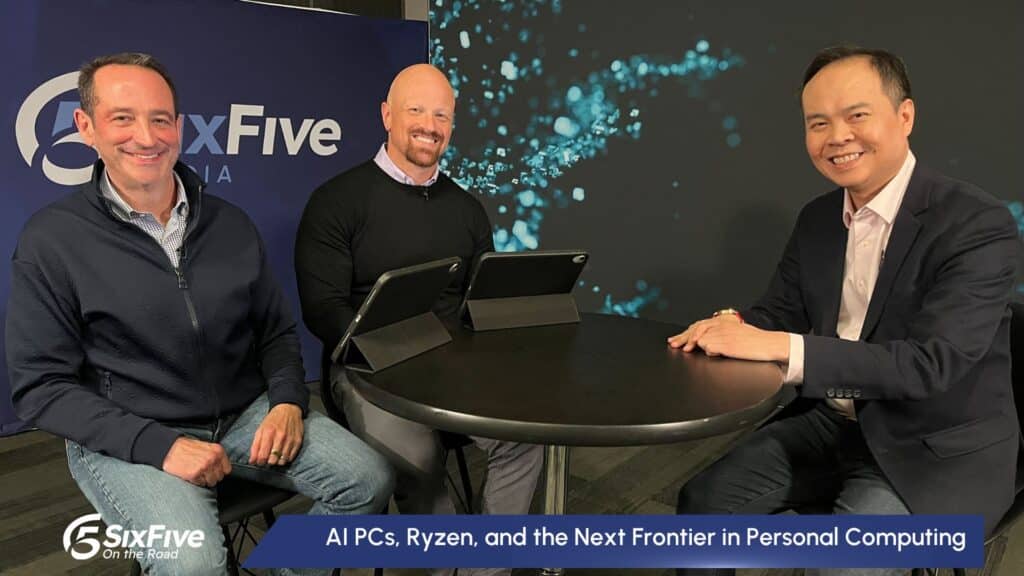Analyst(s): Steven Dickens
Publication Date: October 7, 2024
At the Goldman Sachs Communacopia and Technology Conference, AMD’s CEO Lisa Su highlighted the company’s significant growth in AI-driven data center GPUs and the strategic vision behind their accelerated product cadence. Su discussed AMD’s roadmap, including recent acquisitions, the AI market’s future, and the potential for broader adoption of AI PCs, positioning AMD for leadership in AI and high-performance computing.
What is Covered in this Article:
- AMD’s $4.5 billion growth in AI data center GPUs
- Strategic acquisitions such as Silo AI and ZT Systems
- Transition to a one-year cadence for data center GPU releases
- Expansion into AI PCs and server CPU innovations
- Insights into the $400 billion AI market by 2027
The News: At the Goldman Sachs Communacopia and Technology Conference, AMD CEO Lisa Su revealed how the company has grown its data center GPU business to $4.5 billion over the past year, largely driven by the MI300X product and strong adoption from hyperscalers such as Microsoft, Meta, and Oracle. AMD’s roadmap includes transitioning to a one-year cadence for data center GPUs and expanding into AI PCs, aiming for a substantial share of the projected $400 billion AI market by 2027. Recent acquisitions of Silo AI and ZT Systems further strengthen AMD’s capabilities in AI software and infrastructure.
AMD’s AI and Computing Leadership at Goldman Sachs Conference
Analyst Take: AMD’s rapid growth in the AI space highlights the company’s ability to execute and innovate in both hardware and software, with significant strides in its ROCm software stack and strategic acquisitions. The transition to a one-year cadence for GPU products reflects customer demand and the company’s responsiveness to market needs. Additionally, AMD’s broader AI strategy, covering data center, edge, and AI PCs, positions it as a key player in the evolving AI landscape. This growth comes at a crucial time as AI adoption surges across industries, providing AMD with a clear path to expand its market share against competitors.
AMD’s Accelerated Growth in AI
One of the standout aspects of AMD’s year has been the rapid growth in its AI-driven data center GPU business. As Dr. Lisa Su, CEO of AMD, mentioned during the session, “We’ve grown our data center GPU business from essentially zero last year to, per your guidance, $4.5 billion this year.” This growth is driven by the MI300X, which hyperscalers such as Microsoft, Meta, and Oracle have widely adopted. AMD has expanded its product portfolio to include not only GPUs but also CPUs, FPGAs, and custom silicon, reflecting its strategy to offer an end-to-end AI solution.
In particular, the company has focused heavily on improving its ROCm software stack. Historically, software was perceived as one of AMD’s weaker areas, but significant strides have been made. Su highlighted how ROCm has now been optimized to handle complex and demanding workloads, sometimes outperforming competition. This progress is not just about hardware but also the software and systems infrastructure that ensure performance gains across the board.
AI Market Expansion: A $400 Billion Opportunity
In early 2023, AMD projected a $400 billion total addressable market (TAM) for AI accelerators by 2027. Reflecting on this forecast, Dr. Su stated, “I believe many thought that that was high. And actually, I think as time has passed over this last year, I think we feel very good about that overall TAM.” The increasing demand for compute power, driven by large language models and more complex AI workloads, has strengthened AMD’s confidence in the market’s growth potential.
Interestingly, Su noted that this growth isn’t solely driven by GPUs. While GPUs represent the largest portion of the market, AMD also sees demand for custom silicon and other specialized computing solutions, allowing the company to diversify its offerings and address the varied needs of different industries.
While AMD is on “the right track” with its innovative efforts, it’s also important to note that while doing these market expansions, it must not lose its footing in the current market. As the AI revolution is still in its early stages, balancing multiple market opportunities without overextending will be essential. Prioritizing the right initiatives without compromising existing market leadership is key to long-term success.
The Roadmap for AI and Hardware Innovation
During the conference, Dr. Su announced a shift toward a one-year product cadence for data center GPUs, a move catalyzed by customer feedback. This rapid product cycle aligns with the growing needs of the market, particularly among hyperscalers. AMD has recognized the differing demands of AI workloads, with some being memory-intensive while others require more energy-efficient solutions. To cater to these needs, AMD has built out a range of products from the MI325, launching in the fourth quarter, to the MI350 and MI400 series, positioning itself to capture the bulk of the TAM.
AMD’s strategic hardware acquisitions are also a key part of this roadmap. Recent acquisitions such as Silo AI and ZT Systems strengthen AMD’s end-to-end AI solution. While Silo AI brings critical expertise in AI software, ZT Systems enhances AMD’s rack-scale infrastructure, enabling faster deployment of large AI clusters. According to Su, “What we see is a couple of major factors in terms of really addressing the future. And these are the largest-scale AI systems. The first is just designing the silicon and the systems in parallel.”
Software as a Competitive Advantage
For AMD, the rapid evolution of its software ecosystem, particularly ROCm, has been transformative. Su emphasized that the company has now demonstrated that it can exceed competitor performance on certain inference workloads. A key part of this progress has been a focus on how quickly workloads become performant, reducing the time required to achieve competitive performance.
The acquisition of Silo AI was another strategic move to bolster AMD’s software capabilities. Silo AI is expected to accelerate customers’ migration to the AMD ecosystem, further embedding AMD solutions within the broader AI market.
Dr. Su also touched on AI PCs, which represent a significant opportunity for AMD going forward. She described the upcoming AI PC cycle as the “most significant innovation in the PC market in definitely the last 10-plus years.” With AI technology integrated into PCs, these systems are poised to become more productive and efficient. AMD has already worked closely with Microsoft on its Copilot+ initiative, and the broader adoption of AI PCs is expected to drive a refresh cycle in 2024 and beyond.
Server CPUs and Data Center Momentum
The server CPU market continues to be an essential area of focus for AMD. After an extended correction, the market is now showing signs of recovery. Su highlighted the strong performance of AMD’s Genoa (Zen 4) line of server CPUs, which have seen substantial adoption due to their power efficiency and total cost of ownership (TCO) benefits. Furthermore, Su is optimistic about the upcoming Turin (Zen 5) line, which is expected to further accelerate AMD’s growth in the server CPU market.
Although AMD has achieved significant market share gains in the hyperscaler space, it still sees a large growth opportunity in the enterprise market. Enterprise customers, traditionally slower to adopt AMD technology, are now increasingly recognizing the advantages of AMD’s CPUs in terms of TCO and efficiency. Su believes that increasing direct engagement with enterprise customers and offering enhanced software support will accelerate adoption in this space.
The Embedded Business, Future Synergies, and Strategic Acquisitions
AMD’s embedded business, largely powered by its acquisition of Xilinx, is another key growth driver. Despite recent market softness, Su remains confident in the long-term potential of the embedded market, particularly in aerospace, defense, and industrial applications. Importantly, AMD is beginning to see significant synergies between its embedded FPGA and CPU businesses, with design wins increasing by 40% year-on-year.
In recent years, AMD has made several strategic acquisitions, including Xilinx and Pensando, which have positioned the company as a leader in high-performance computing. With these acquisitions, AMD now has a comprehensive AI strategy that spans the entire infrastructure, from the cloud to the edge and client devices. Su stated that these acquisitions are “long-term bets” that will ensure AMD remains competitive across the AI spectrum.
While not yet closed, AMD’s recent acquisition of ZT Systems is expected to improve its AI capabilities further. ZT Systems will enable AMD to design and deploy AI systems more efficiently, reducing time to market for large-scale AI clusters, which is in line with their “diversification” strategy when it comes to achieving a larger market share in the AI space.
Looking Forward
As with much of the semiconductor industry, AMD is navigating supply chain challenges, particularly in areas such as advanced packaging and high-bandwidth memory. Despite these challenges, Su remains optimistic about AMD’s ability to meet growing demand in 2024 and 2025. The company is actively diversifying its supply chain, with support from initiatives such as the U.S. CHIPS Act and TSMC’s expansion in Arizona.
AMD is striking a balance between investing in future growth opportunities and maintaining discipline in capital allocation. Su emphasized that while AMD is investing heavily in AI and HPC, the company remains committed to growing operating expenses slower than revenue, ensuring long-term profitability and shareholder value.
Overall, AMD’s diversification strategy to capture a larger market share is a promising vision for the company’s long-term growth. We have already seen their progress through the rapid expansion of their AI-driven data center GPU business, achieving $4.5 billion in revenue, as well as strategic acquisitions such as Silo AI and ZT Systems, which bolster both their software and hardware capabilities. These moves position AMD to compete aggressively across AI, data center, and high-performance computing markets, laying a solid foundation for continued growth.
What to Watch:
- Competition from key players such as NVIDIA, Intel, and other emerging AI and high-performance computing competitors.
- Ongoing evolution of AI workloads and the need to adapt product offerings accordingly.
- Customer preferences for on-premise versus cloud AI solutions, impacting market dynamics.
- Increasing demand for specialized silicon and accelerators to support complex AI workloads.
- Potential supply chain constraints, especially in advanced packaging and high-bandwidth memory, could limit AMD’s ability to meet rising demand.
- Further developments in AI PC adoption and how AMD positions itself in the consumer and enterprise markets by leveraging its software and hardware ecosystem.
Click this link to watch the webcast on AMD’s AI and Computing Leadership at the Goldman Sachs Conference.
Disclosure: The Futurum Group is a research and advisory firm that engages or has engaged in research, analysis, and advisory services with many technology companies, including those mentioned in this article. The author does not hold any equity positions with any company mentioned in this article.
Analysis and opinions expressed herein are specific to the analyst individually and data and other information that might have been provided for validation, not those of The Futurum Group as a whole.
Other insights from The Futurum Group:
Zendesk Ventures Launches Fund to Drive AI-First CX Innovation
Lenovo’s New AI Suite: Pioneering Private AI Deployments
The Oracle & AWS Collaboration: A True Hybrid Multi-Cloud World Takes Shape
Author Information
Steven engages with the world’s largest technology brands to explore new operating models and how they drive innovation and competitive edge.





